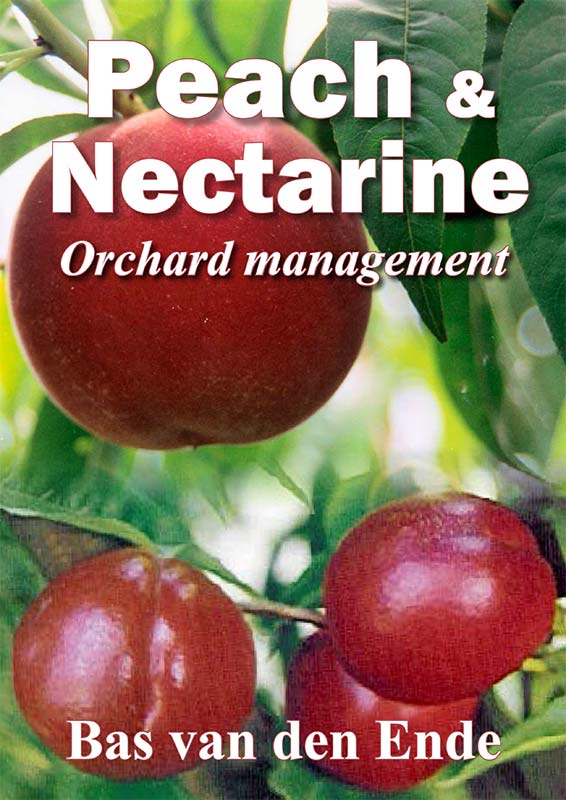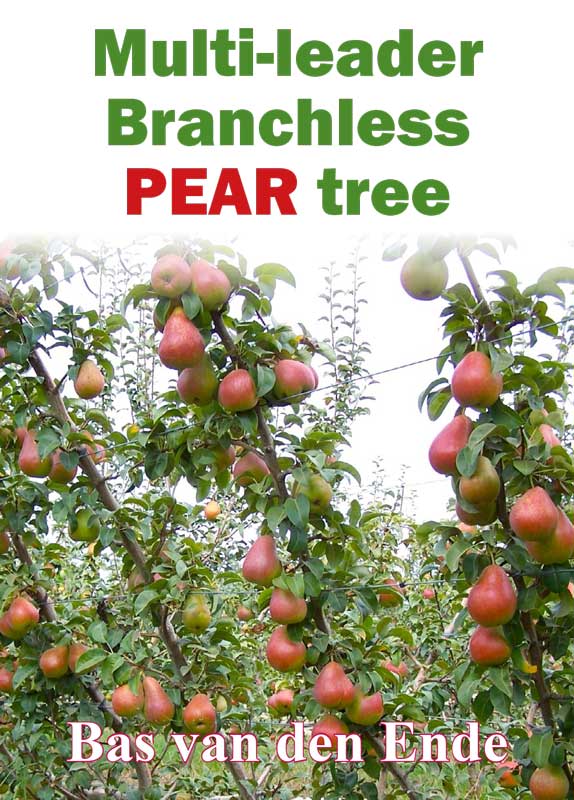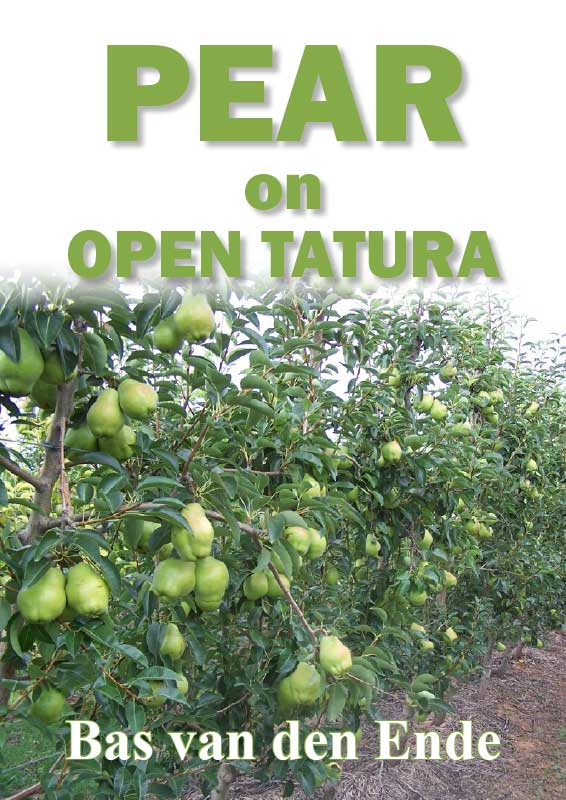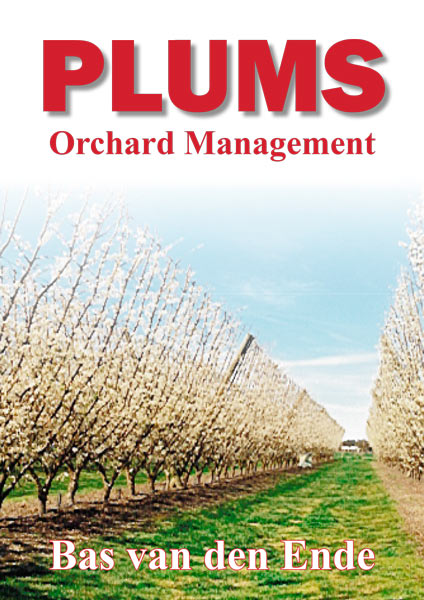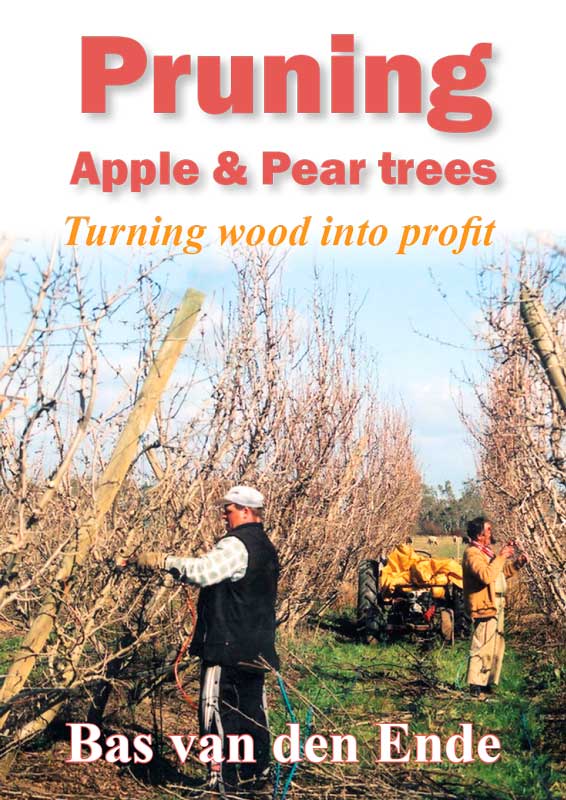Continued from last month: 8. To avoid the undesirable build up of copper in the plant based on abuse of copper fungicides.
Copper fungicides are often overused and the copper excess in the soil and plant can create several problems.
Copper kills beneficial fungi along with the pathogens and it continues to compromise the soil food web for many years if soil levels are allowed to escalate unchecked.
Copper can also have an antagonistic effect upon the uptake of several minerals including zinc, iron and phosphorus. The negative effect upon zinc and phosphorus availability is two pronged. There is both a chemical and a biological explanation.
The soil species most responsible for the delivery of zinc and phosphate to the plant is mychhorrizal fungi and they are not a big fan of copper.
In fact this invaluable creature, which burrows into the roots of the host plant and extends the root’s nutrient uptake potential by 1000%, will fade away as fast as a house cat turns from a nocturnal stalker of native wild life into a the perfect purring pet, come daybreak (It’s not that I don’t like cats …).
The antidote to excess copper levels in the soil (reflected in a leaf test) is a heavy application of humic acid.
When humic acid is applied at 20 kg of NTS Soluble Humate Granules™ per hectare, the humates buffer the damaging effect of copper while simultaneously stimulating mychhorrizal fungi to deliver phosphate and zinc.
The humic acid also solubilises iron to help address the copper-sponsored iron deficit. A rate of 20 kg/ha is the absolute upper limit of humic acid in a single application or you may risk nutrient lock-ups.
9. To monitor herbicide-induced deficiencies of iron and manganese.
When glyphosate, the world’s most popular herbicide, is sprayed upon the entire growing area, as it is in minimum tillage farming and in most orchard and vine crops, there is some collateral damage.
Recent research by Professor Don Huber, from Purdue University in the US, has revealed that glyphosate is causing more problems than originally understood. It was known that this popular herbicide kills an important protective species in the soil called Pseudomonas florescens. However, it was a surprise to learn that this chemical is also affecting the availability of two key nutrients.
Professor Huber has shown that when as little as 2.5% of the sprayed chemical comes in contact with the soil it kills the organisms responsible for delivering iron and manganese to the plant.
Even with such minimum soil contact, Huber measured a reduction in iron uptake of over 60% while manganese fared worse with a reduction of 80%.
One strategy to minimise herbicide side-effects is to encourage the rapid removal of glyphosate from the soil after it has disposed of your weeds.
This herbicide was originally marketed as completely biodegradable but while bacteria can eat and remove the herbicide residues, they don’t exactly line up for the task! It’s like saying that because bull’s testicles and fish eyes are both edible and nutritious then consumers should queue for the privilege.
Recent research has revealed that glyphosate residues can remain present in the soil for six months or longer, during which time the chemical continues to exact a biological and biochemical cost.
The key is to encourage the rapid breakdown of residues and this can be inexpensively achieved using the new NTS additive, Herbi-Safe™. Herbi-Safe is combined with herbicides at one litre per hectare to remove herbicide residues from your soil within days rather than months.
10 To achieve maximum quality and production
Profitability is about chlorophyll management. The better you manage the green pigment in the leaf where the glucose building blocks are manufactured, the greater your rewards at the end of the season.
Blotches, stripes, pale colours and other cases of chlorosis are examples of poor chlorophyll management.
The best way to avoid yield-limiting chlorosis is to conduct regular leaf tests and to correct any deficiencies that are identified.
There is also a disease link to trace mineral deficiencies, so ensuring that you maintain good levels of all nutrients in your plants will have many beneficial flow-on effects.









